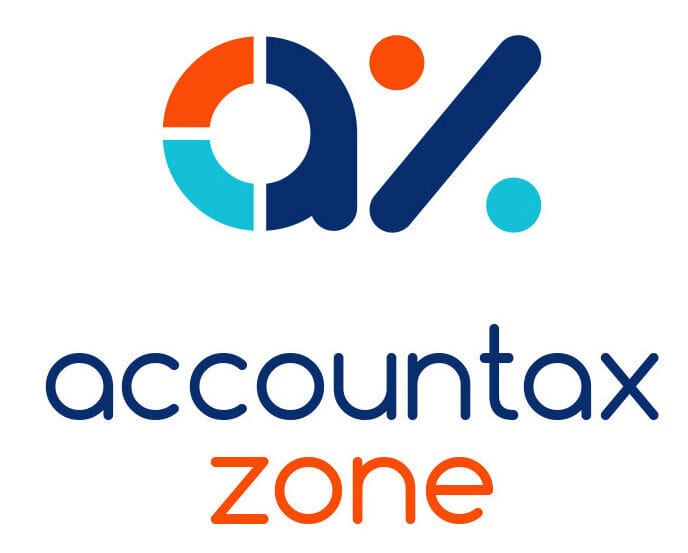Up to certain limits, it is possible to enjoy some savings income tax-free. The extent to which this is possible depends on the rate at which you pay tax; not all routes are open to all.
Personal allowance
If you do not fully use your personal allowance elsewhere, any balance not otherwise used can be set against your savings income, allowing it to be received tax-free.
Savings allowance
Basic and higher rate taxpayers are entitled to a savings allowance. This is in addition to their personal allowance.
For 2024/25, the savings allowance is set at £1,000 for basic rate taxpayers and at £500 for higher rate taxpayers. The allowance is available in addition to the personal allowance and also the dividend allowance.
Rising interest rates in recent years may mean that basic and higher rate taxpayers now receive interest in excess of their savings allowance on which tax is payable and which must be notified to HMRC on their Self Assessment tax return. This may mean that they need to file a tax return where previously they were not required to. Where this is the case, it is important to register for Self Assessment.
Taxpayers who pay tax at the additional rate (which applies to taxable income in excess of £125,140) do not benefit from a personal savings allowance and must pay tax on any savings income unless it is otherwise exempt. They will also not receive a personal allowance, as the personal allowance is fully abated at this level.
You may also like to read: Small earnings from self-employment – Tax and National Insurance implications
Savings starting rate
Savings income which falls within the savings starting rate band is taxed at the savings starting rate of 0%. Depending on the individual’s personal circumstances, they may be able to enjoy up to a further £5,000 of savings income tax-free.
The savings starting rate band is set at £5,000, but is reduced by any taxable non-savings income. This is other taxable income in excess of the personal allowance (but excluding any dividends which are treated as the top slice of income). Consequently, the full £5,000 savings starting rate band is available where other taxable income is less than the individual’s personal allowance. The standard personal allowance is £12,570 for 2024/25. The savings starting rate is eroded once taxable income in excess of the personal allowance reaches £5,000.
The savings starting rate is applied before the personal savings allowance.
Tax-free savings accounts
If savings are held within a tax-free wrapper such as an Individual Savings Account (ISA), the associated savings income is tax-free. A taxpayer can invest up to £20,000 in an ISA in 2024/25.
Maximum tax-free savings income
Where a person has the personal allowance available in full to set against their savings income, they can enjoy tax-free interest in 2024/25 of £18,570 (personal allowance of £12,570 plus savings starting rate band of £5,000 plus savings allowance of £1,000), plus that from tax-free savings accounts.
Partner note: ITA 2007, ss. 7, 7A, 12A, 12B.










